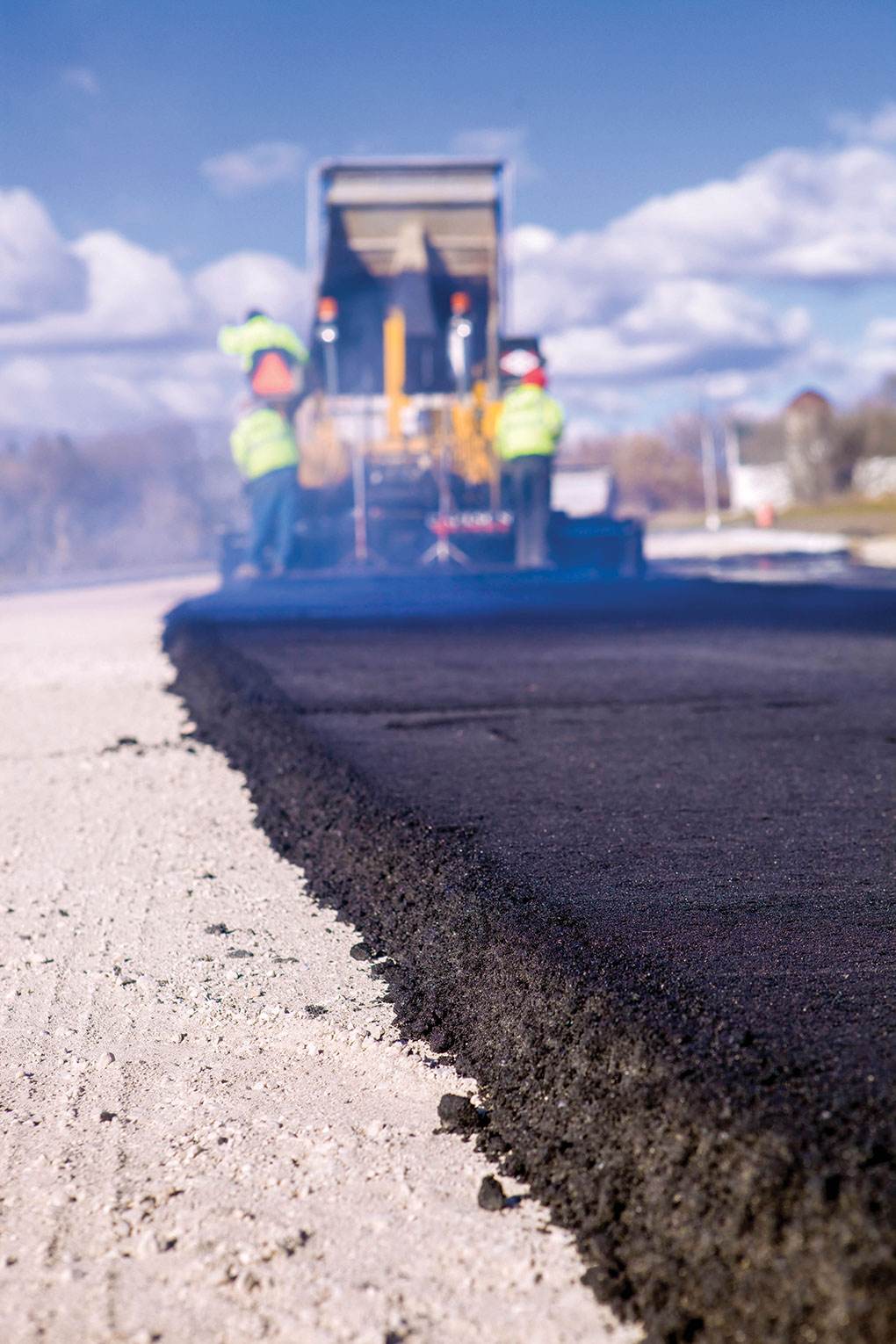By Curt Peterson
Perhaps because of traffic volume on Quechee Road, and although there are much worse and less-used Hartland roads, conditions on the main route from Hartland Three Corners to Quechee village is the topic of frequent complaints on the local listserv.
The section between Gilson Road and Webster Road is particularly bad, featuring cracks, potholes, large patches of missing asphalt layers and failing road edges. For some years the common refrain has been “poor base that has to be replaced.”
At Monday’s Select Board meeting Scott Williams of Pathways Consulting in Lebanon reviewed a current eight-page engineering report regarding a detailed study of the 6-mile road that was financed with American Rescue Plan Act (ARPA) funds. The tests and engineering were performed by M&W Soils Engineering of Charlestown, and the report authored by Randal Rhodes.
Williams described how the engineers drilled approximately 40 holes 2-3 inches in diameter and up to 21/2 feet deep that took soil samples from the actual roadbed. The soil was then analyzed for components in a laboratory.
What they found was multiple layers of asphalt over a sub-base of gravelly sand from 18 inches to 30 inches deep, originally meant as base for a gravel road. “Movement” within this layer causes cracking in the road surface. When ruts are formed and overlaid with asphalt, Williams said, they remain as non-conforming parts of the base, exacerbating the movement and cracking effect.
“The overlayment on this road is actually in good condition,” he said. “It’s what’s underneath that’s causing the problem.”
The problematic section of Quechee Road has ledge on one side, and a steep slope on the other. Williams said inadequate ditching, ponding of water on the road, and subsidence on the slope side are also factors in the obvious surface failure.
He offered four options the town might use on the road.
Option 1: just to do another 1- to 11/-inch layer of asphalt paving over the entire road.
Option 2: involved “inlay and overlay,” milling the road surface to assist in bonding the new application to the existing road surface.
Option 3: remove and reclaim the existing base and overlay before replacing, adding 4 inches of gravel or crushed stone and overlaying with new asphalt. “This option would not be very effective for the bad areas,” Williams said.
Option 4: Excavate 18 inches (maybe 24 inches) of material and replace with appropriate sub-grade and sub-base component before overlaying with new asphalt. “This will be very expensive,” Williams said. “But if you consider your current ongoing and repetitive costs, you will save money in the long term.”
His rough estimate for Option 4 was $1 million per mile, or $6 million total, including a 20% contingency for unexpected issues.
Williams recommends doing the entire road, or at least significant sections, rather than limiting the project to the bad areas, as contractor costs for multiple smaller jobs will be higher.
“The contractor will probably execute the work one lane at a time, for minimum traffic disruption,” he said.
The culverts that were inspected are also in bad shape — some clogged, about 30% rusted through. These issues and some guardrail damage would be mitigated separately, by the town.
Williams offered his help when the town begins planning and budgeting for the work.




